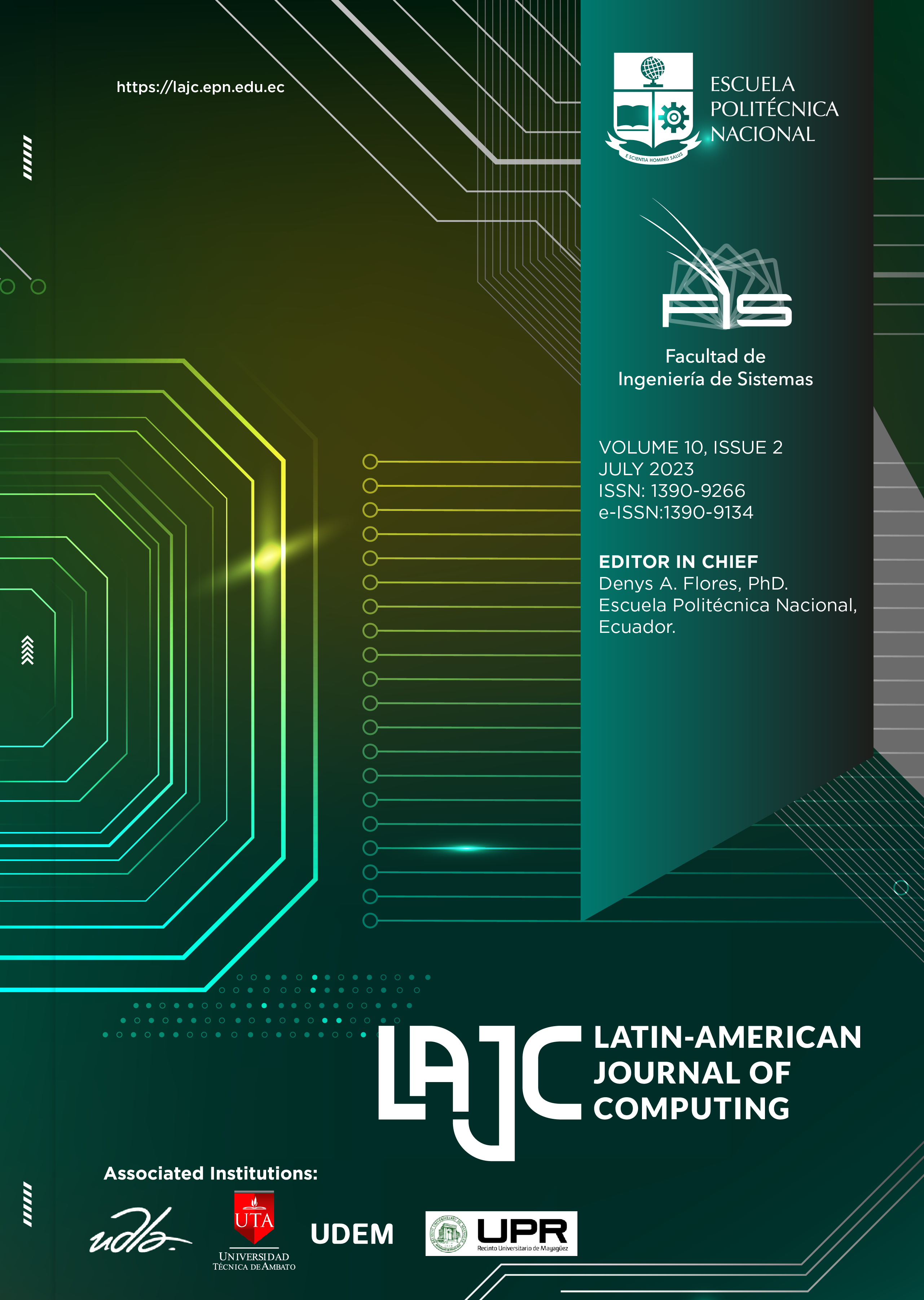A Fractional SIRC Model For The Spread Of Diseases In Two Interacting Populations
Fractional SIRC models in two interacting populations
Keywords:
Mathematical modeling, Diseases spreading, Immunological memory, Population interaction.Abstract
In this contribution we address the following question: what is the behavior of a disease spreading between two distinct populations that interact, under the premise that both populations have only partial immunity to circulating stains of the disease? Our approach consists of proposing and analyzing a multi-fractional Susceptible (S), Infected (I), Recovered (R) and Cross-immune (C) compartmental model, assuming that the dynamics between the compartments of the same population is governed by a fractional derivative, while the interaction between distinct populations is characterized by the proportion of interaction between susceptible and infected individuals of both populations. We prove the well-posedness of the proposed dynamics, which is complemented with simulated scenarios showing the effects of fractional order derivatives (memory) on the dynamics.
Downloads
Published
Issue
Section
License
Copyright Notice
Authors who publish this journal agree to the following terms:
- Authors retain copyright and grant the journal right of first publication with the work simultaneously licensed under a Creative Commons Attribution-Non-Commercial-Share-Alike 4.0 International 4.0 that allows others to share the work with an acknowledgement of the work's authorship and initial publication in this journal.
- Authors are able to enter into separate, additional contractual arrangements for the non-exclusive distribution of the journal's published version of the work (e.g., post it to an institutional repository or publish it in a book), with an acknowledgement of its initial publication in this journal.
- Authors are permitted and encouraged to post their work online (e.g., in institutional repositories or on their website) prior to and during the submission process, as it can lead to productive exchanges, as well as earlier and greater citation of published work.
Disclaimer
LAJC in no event shall be liable for any direct, indirect, incidental, punitive, or consequential copyright infringement claims related to articles that have been submitted for evaluation, or published in any issue of this journal. Find out more in our Disclaimer Notice.










